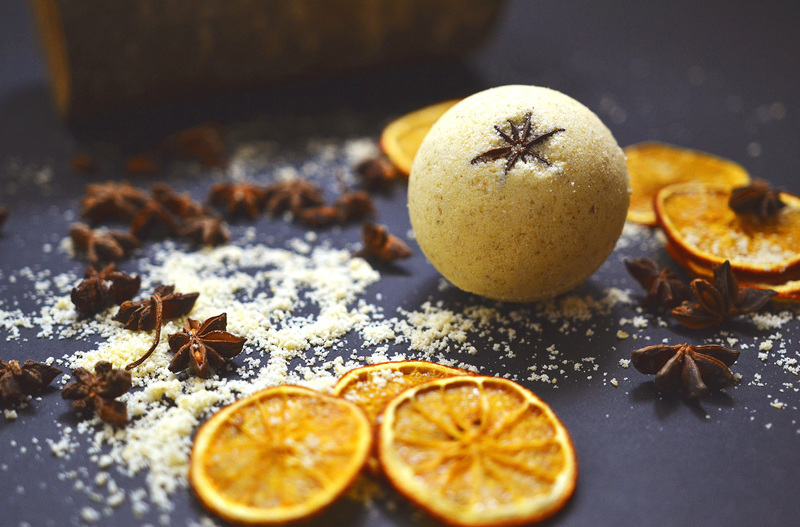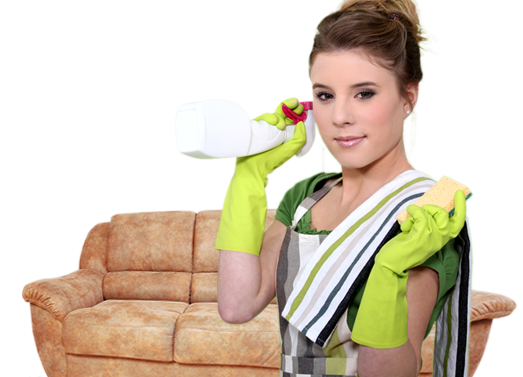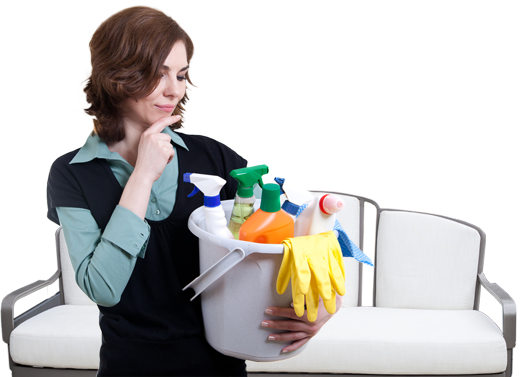Professional Techniques for Washing Curtains
Posted on 20/08/2025
Professional Techniques for Washing Curtains
Maintaining fresh and clean curtains is crucial not only for aesthetic appeal but also for a healthy living environment. Washing curtains can appear daunting, especially with concerns over shrinking, wrinkling, or damaging delicate fabrics. In this comprehensive guide, we will explore expert-approved, professional techniques for curtain cleaning, provide step-by-step instructions, and supply maintenance tips to ensure your window treatments remain in pristine condition year-round.
Why You Should Regularly Wash Your Curtains
Over time, curtains attract dust, allergens, pet dander, smoke, and even odors from daily household activities. Neglecting regular cleaning can lead to poor indoor air quality and a dull appearance. Delicate, sheer, or lined curtains require extra care, while heavier drapes accumulate more dust.
- Dust and allergen reduction: Regular washing removes irritants, helping allergy sufferers.
- Longevity: Well-maintained fabrics last much longer, postponing replacement costs.
- Improved appearance: Frequent cleaning keeps colors vibrant and prevents fabric degradation.
- Odor removal: Curtains can trap odors from smoke, kitchens, or pets; washing eliminates lingering smells.

Understanding Curtain Fabric Types
The first professional curtain cleaning technique involves identifying the fabric type. Each material requires a unique approach. Inspect the label for manufacturer care instructions, or consult a professional if in doubt.
Cotton and Linen Curtains
Natural fabrics like cotton and linen are common in everyday homes. While generally durable, they may shrink if washed improperly.
Synthetic Fabrics
Polyester, nylon, and blended fabrics are less prone to wrinkles and often easier to launder. However, they may trap static electricity if not washed with care.
Delicate and Sheer Curtains
Silk, lace, and voile require gentle washing techniques and benefit from handwashing or professional dry cleaning.
Heavy Drapes and Velvet
These fabrics often feature linings and can be heavy when wet. They generally require specialized cleaning methods or professional services.
Pre-Washing Preparations
Follow these preparatory steps for optimal cleaning results:
- Check manufacturer's instructions: Always check the curtain label for washing symbols and care recommendations.
- Remove hardware: Unhook curtain rings, tracks, and tiebacks to avoid snagging or rust stains.
- Dust or vacuum: Use a vacuum with a brush attachment or shake out dust before wet washing, especially for thick fabrics.
- Spot cleaning: Address stubborn stains with a mild detergent and test for color-fastness on an inconspicuous area.
Machine Washing Techniques for Curtains
If your curtain's care label allows for machine washing, following a structured approach helps maintain fabric integrity.
Step-by-Step Machine Washing Instructions
- Choose the right detergent: Opt for a mild, fragrance-free detergent to prevent fading or buildup.
- Select water temperature: Wash with cold or lukewarm water unless otherwise instructed. Hot water can shrink or damage curtains.
- Use a delicate cycle: Set washing machines to 'delicate' or 'gentle' to reduce friction and prevent tears.
- Don't overload: Wash one pair at a time to avoid tangling and ensure thorough cleaning.
- Add a mesh laundry bag: Use laundry bags for lightweight or delicate curtains to provide extra protection.
After washing, immediately remove curtains to minimize wrinkling--gently shake out and hang to dry wherever possible.
Hand Washing Curtains Like a Pro
Hand washing is a delicate curtain cleaning technique especially recommended for lace, silk, or embroidered fabrics.
Best Practices for Hand Washing Curtains
- Fill a basin or tub: Use lukewarm water and add a gentle detergent or curtain-specific wash solution.
- Soak gently: Submerge curtains and allow them to soak for 10-15 minutes, agitating lightly with your hands.
- Rinse thoroughly: Rinse several times to remove all soap, avoiding twisting or wringing.
- Drip dry: Hang the curtains over a rod or outside in the shade to let water drain naturally. Avoid direct sunlight, as it can fade colors.
Dry Cleaning Curtains - The Professional Standard
Some curtain fabrics, like velvet, brocade, or those with thermal linings, should never be washed at home. Professional dry cleaning ensures deep cleaning without risk of shrinkage or distortion.
- Identify dry clean-only fabrics: These often include lined, interlined, or custom-made curtains.
- Schedule cleaning: Take curtains to a reputable dry cleaner with experience in curtain care.
- Discuss special needs: Inform the cleaner of any stains, linings, or special hardware to ensure comprehensive service.
Tip: Having curtains dry cleaned once every 12-18 months preserves their color and structure, making it a worthwhile investment for expensive or heirloom drapes.
Expert Tips for Drying Curtains
The right drying technique prevents wrinkles and fabric distortion. Here are professional and practical tips for drying curtains effectively:
- Air drying: Whenever possible, hang curtains back on their rails while still damp. The weight will help pull out minor wrinkles.
- Flat drying: For delicate or intricate designs, lay curtains flat on a clean towel to air dry.
- Never tumble dry unless labeled: Most curtains cannot withstand tumble drying, which may cause shrinkage or damage. If allowed, use a low heat and remove promptly.
- Shake and smooth: After washing, gently shake out before hanging or laying flat to minimize creases.
Ironing and Finishing Touches
Professional curtain restoration often includes crisp ironing or steaming for a perfect finish. Here's how to achieve a polished look:
- Check fabric's heat tolerance: Always set the iron temperature to match your curtain material. Use a pressing cloth for extra protection.
- Iron damp if possible: Lightly moistened curtains are easier to press and less likely to scorch.
- Use a vertical steamer: For hanging curtains, a garment steamer can remove wrinkles without taking them down.
- Avoid ironing embellishments: Be careful around embroidery, sequins, or applique designs.
Pro Tip: Re-hang freshly cleaned curtains while they're still slightly damp to naturally eliminate small wrinkles and help them fall into neat folds.
Specialized Curtain Cleaning Techniques
Certain situations demand specialized curtain care beyond basic washing:
Removing Difficult Stains
- Red Wine or Coffee: Blot with a damp cloth, then treat with a mixture of mild detergent and water. Repeat gently before washing.
- Mold or Mildew: Pre-soak affected area in a solution of 1 part vinegar to 3 parts water before laundering. Sunlight also helps kill spores.
- Grease or Oil: Sprinkle cornstarch or baking soda, let sit for 10 minutes, brush away, and apply a mild detergent before rinsing.
Deodorizing Curtains
- Baking soda sprinkle: Lightly sprinkle, leave for 20 minutes, then vacuum off before washing for odor removal.
- Fabric fresheners: Use only after confirming color-fastness to avoid stains.
Sanitizing Curtains
Especially important for households with allergies, young children, or pets:
- Hot steam cleaning: Professional-grade steamers sanitize without over-wetting, ideal for heavy or hard-to-remove curtains.
- UV exposure: Brief sunlight exposure eliminates bacteria and freshens up fabrics.
Maintaining Clean Curtains Between Washes
Preventative maintenance prolongs the time between deep cleans. Here's how to keep your curtains looking their best:
- Regular dusting or vacuuming: Once a week, use a soft brush or vacuum attachment.
- Immediate spot treatment: Address stains as soon as they appear to prevent setting.
- Keep windows clean: Dirty windows transfer grime and moisture to curtains.
- Control humidity: Use dehumidifiers to prevent mildew, especially in damp climates.
- Avoid smoking indoors: Smoke clings to curtains, necessitating frequent washing.
Benefits of Professional Curtain Cleaning Services
Sometimes, the best curtain cleaning technique is hiring an expert. Here's when it makes sense:
- Time and convenience: Save hours of labor with pickup and re-hanging services.
- Advanced stain removal: Professionals have industrial cleaning solutions for stubborn stains and odors.
- Custom treatments: Special care for luxury with intricate designs, velvet, or silk fabrics.
- Proper hardware handling: Pros handle hooks, tracks, and heavy drapes safely.
If you're unsure which curtain cleaning method suits your fabrics, consulting a professional can prevent expensive mistakes and extend the life of your window treatments.

Expert Curtain Washing FAQs
How often should you wash curtains?
Dust-prone or heavily-used rooms (like kitchens or living rooms) require curtain washing every 3-6 months. Bedrooms or rooms with less movement can go up to a year. Always wash after illness or smoke exposure.
Can all curtains be machine washed?
No. Review fabric labels; many delicate or lined curtains are dry clean only. When in doubt, choose mild hand washing or professional cleaning services.
What's the safest way to wash blackout and thermal curtains?
These types often have sensitive linings that can degrade in water. It's best to dry clean or, if allowed, use only cold water and air drying.
Is it okay to iron curtains after washing?
Yes, but ensure the iron is set to the recommended heat for your fabric. Always iron slightly damp, and use a pressing cloth for delicate materials.
Conclusion: Mastering Professional Curtain Washing Techniques
Practicing expert-approved curtain cleaning prolongs the life of your drapes and enhances your home's appearance. Whether you machine wash, hand wash, or rely on dry cleaning services, understanding your fabric and following professional instructions is key. With regular maintenance, proper stain removal, and thoughtful drying and ironing, your curtains will stay fresh, vibrant, and inviting for years to come.
For complex fabrics or peace of mind, don't hesitate to reach out to professional curtain cleaning services in your area. A small investment in professional care can ensure your beautiful curtains continue to frame your windows with elegance and freshness.
By following these professional techniques for washing curtains, you'll transform one of the most visible elements in your rooms from dusty to dazzling--effortlessly and efficiently!





